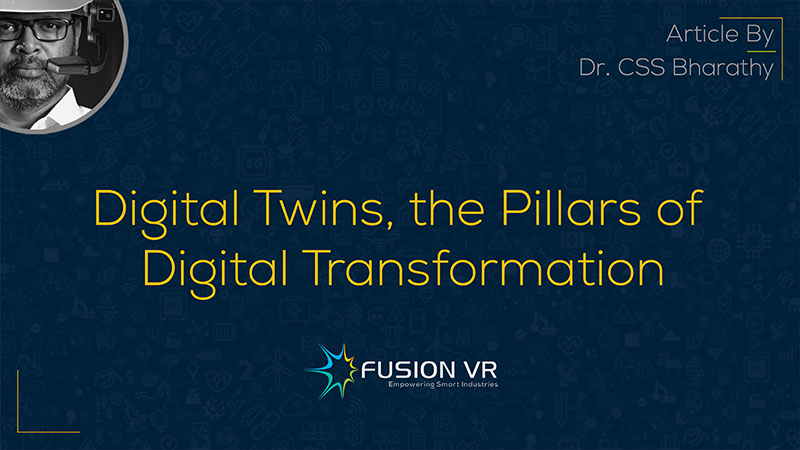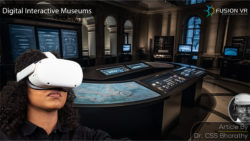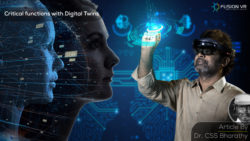If there’s one thing that cannot be ignored now is the impact of digital technologies in our lives. The COVID-19 pandemic has hastened the adoption of digital technologies in all spheres of human activity. Those who didn’t use anything digital were compelled to adopt those due to lockdowns and social distancing. The cost of digital technologies is lower, and their reach is more widespread than before.
Manufacturing industries have adopted digitalisation with more gusto as they have realised that it contributes to greater efficiency, higher productivity and a good return on investment. Digitalisation is manifested in many of the technologies driving the Fourth Industrial Revolution, more commonly known as Industry 4.0. The virtual representation of brick and mortar operations is helping to make long lasting changes in the way we build, operate and maintain capital intensive facilities.
Digital Twins is one of the most exciting technologies for manufacturing companies to adopt to achieve their digitalisation goals. A digital twin is a digital proxy of a physical equipment, machinery or process in the physical world. The sensors designed and installed on this asset generate extensive data that allows its digital modelling of it.
These digitals twins can range from the simple to the complex depending upon the use cases and the results that the manufacturing entity requires. There are basic digital twins, operational digital twins, intelligent digital twins and immersive digital twins. The importance of digital twins in manufacturing is dealt with extensively n the Fusion VR Digital Twins page for interested readers. More information can be accessed online from digital twin companies.
The industrial digital twin is able to provide an accurate digital model of a critical piece of equipment, say, a high speed steam turbine. This equipment is quite an important asset, and its optimal performance is necessary to meet production targets. As in many chemical processes, the unexpected failure of one equipment leads to a complete shutdown of the plant and production loss.
Global Accessibility and Convenience of Digital Twins
It is, therefore, important to monitor the performance of this equipment using its digital replica and generate predictive analytics based on models created using the operating data generated from various sensors. This allows engineers to obtain intelligence on the equipment and allow meaningful intervention as required. The big data and analytics around this digital twin also generate enough data to improve the future design of this equipment.
Original Equipment Manufacturers or OEMs can collaborate with asset owners to deliver those improvements. The digital twin will not be confined to any location. It would exist in the cloud, and performance monitoring and analytics can be done from any part of the world.
An offshore team can conduct the monitoring with a digital representation of the asset from a low cost country without the need to engage expensive expertise locally. The services can be effectively outsourced to where the talent resides, and also it delivers a cost advantage.
One team can continue the work in another part of the world while the main team sleeps. Digital twin maintenance teams can critically look at issues and reduce the overall downtime of equipment. Corporate leaders can check on the performance of critical equipment and assets from anywhere and anytime. Therefore we can see that the digitalisation of operations and asset management begins with the introduction of digital twin technology.
It is safe to say that digital twins are an important pillar of the digital transformation of manufacturing industries. With the digital twin, AR VR can be integrated for a more immersive experience. The availability of data and its analytics is delivering significant benefits towards the bottom line. Major OEMs and manufacturing companies have begun deploying digital twins in their operations and adding an important pillar in their organisations for sustainable growth in the 21st century.





